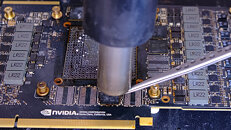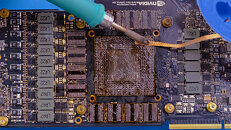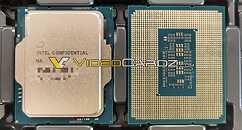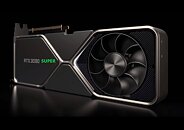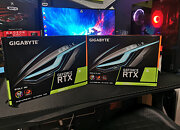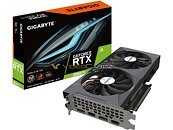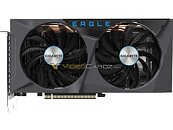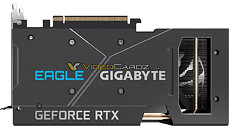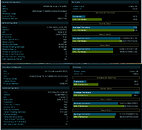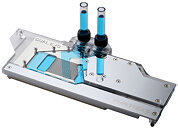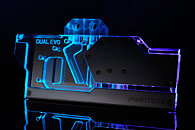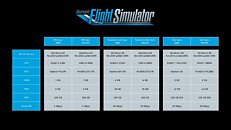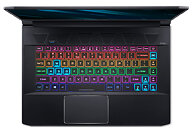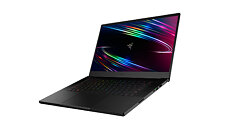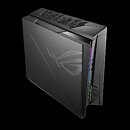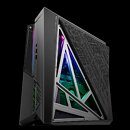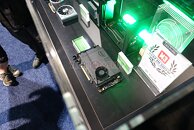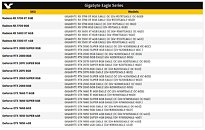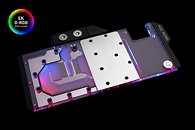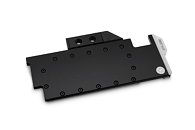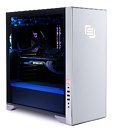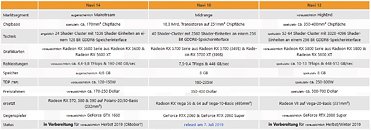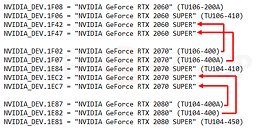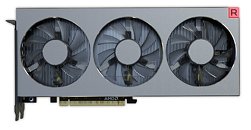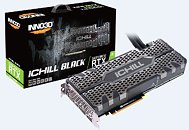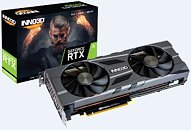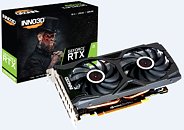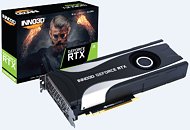Modders Pull Off 16GB GeForce RTX 2080 Upgrade, Modded Card Posts 8% Performance Boost
Brazilian tech enthusiast Paulo Gomes, in association with Jefferson Silva, and Ygor Mota, successfully modded an EVGA GeForce RTX 2080 "Turing" graphics card to 16 GB. This was done by replacing each of its 8 Gbit GDDR6 memory chips with ones that have double the density, at 16 Gbit. Over the GPU's 256-bit wide memory bus, eight of these chips add up to 16 GB. The memory speed was unchanged at 14 Gbps reference, as were the GPU clocks.
The process of modding involves de-soldering each of the eight 8 Gbit chips, clearing out the memory pads of any shorted pins, using a GDDR6 stencil to place replacement solder balls, and then soldering the new 16 Gbit chips onto the pad under heat. Besides replacing the memory chips, a series of SMD jumpers need to be adjusted near the BIOS ROM chip, which lets the GPU correctly recognize the 16 GB memory size. The TU104 silicon by default supports higher density memory, as NVIDIA uses this chip on some of its professional graphics cards with 16 GB memory, such as the Quadro RTX 5000.
The process of modding involves de-soldering each of the eight 8 Gbit chips, clearing out the memory pads of any shorted pins, using a GDDR6 stencil to place replacement solder balls, and then soldering the new 16 Gbit chips onto the pad under heat. Besides replacing the memory chips, a series of SMD jumpers need to be adjusted near the BIOS ROM chip, which lets the GPU correctly recognize the 16 GB memory size. The TU104 silicon by default supports higher density memory, as NVIDIA uses this chip on some of its professional graphics cards with 16 GB memory, such as the Quadro RTX 5000.






